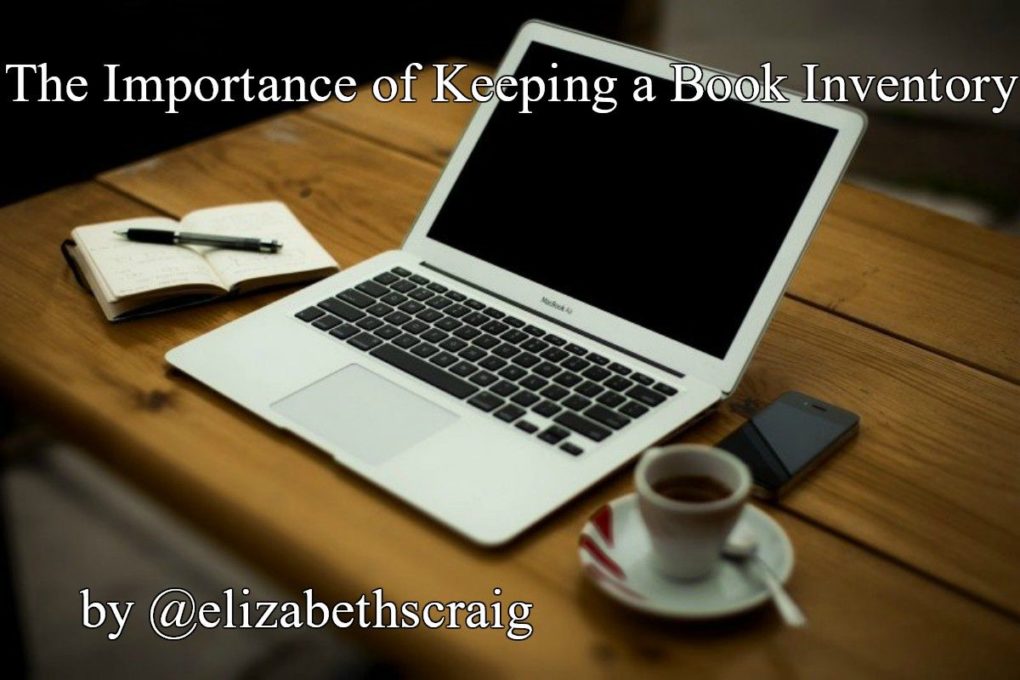by Elizabeth S. Craig, @elizabethscraig
Twitterific writing links are fed into the Writer’s Knowledge Base search engine (developed by writer and software engineer Mike Fleming) which has over 50,000 free articles on writing related topics. It’s the search engine for writers.
Have you visited the WKB lately? Check out the new redesign where you can browse by category, and sign up for free writing articles, on topics you choose, delivered to your email inbox! Sign up for the Hiveword newsletter here.
New Stuff:
Cozy Mystery Bundle for Charity: If you love clean, fun mysteries, pre-order this 14-book set for 99¢ and help countless animals. Last year they raised nearly $7,000. This year features all-new stories and 3 new charities. All of the pre-order funds are going to charity.
Click here to pre-order.
Visit our website here: www.summersnoops.com
- The author–editor relationship: From getting in touch to making a booking: @LouiseHarnby
- Society of Authors Calls on UK Government to Fight Online Book Piracy: @Porter_Anderson @malorieblackman @Soc_of_Authors
- Using Ghostwriters: Authors vs. Author Mills: @shilohwalker @JamiGold
- The Editor’s 6 Core Questions: @valerie_francis @StoryGrid
- Thinking of Taking a Creative Writing Course? Thoughts on Choosing One: @Roz_Morris
- The UK’s CrimeFest Awards Shortlists Include Clinton, Patterson, King: @Porter_Anderson @CrimeFest
- The Commonwealth Short Story Prize Names 2019 International Shortlists: @Porter_Anderson
- Five Women Authors, Six Women Translators Are on Man Booker International’s Shortlist: @Porter_Anderson
- Oscar’s Book Prize Announces Its 2019 Shortlist for Kids Under 5: @Porter_Anderson @pubperspectives
- Writer @hanque99 With a Resource for School Visits:
- The UK’s Young Writer Prize Opens for Submissions and Remixes Its Sponsors: @Porter_Anderson @pubperspectives
- Top 10 books about women and the sea: @charlotteruncie @GuardianBooks
- Four SFF Novels with Something Very Specific in Common: @jamesdnicoll @tordotcom
- Five Genre-Bending Young Adult Books: @AstridScholte @tordotcom
- 5 New Nonfiction Books to Inspire a Long Journey: by Victoria Sanderson @DIYMFA
- The Best Bookstores in All 50 States: @mental_floss





